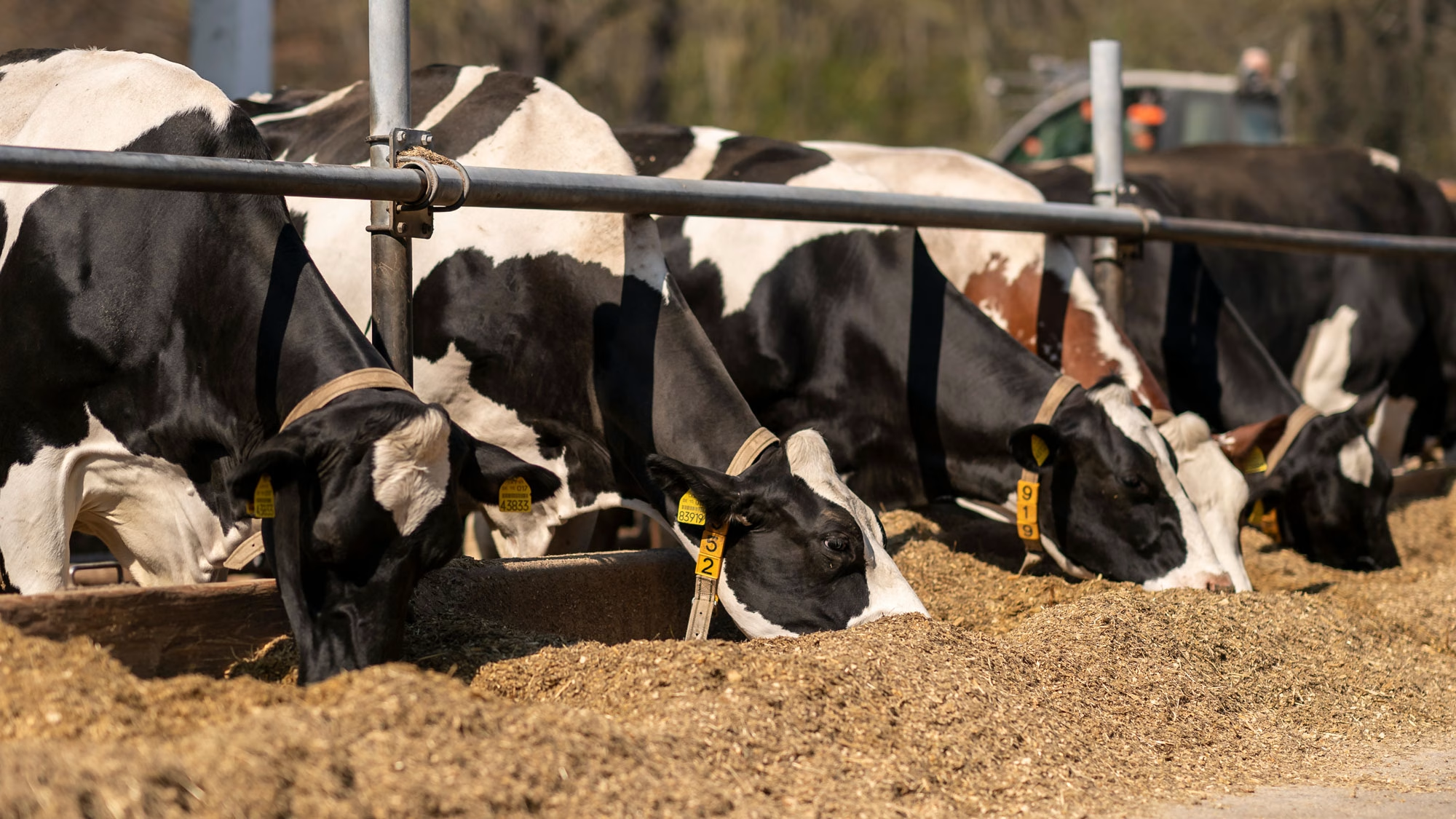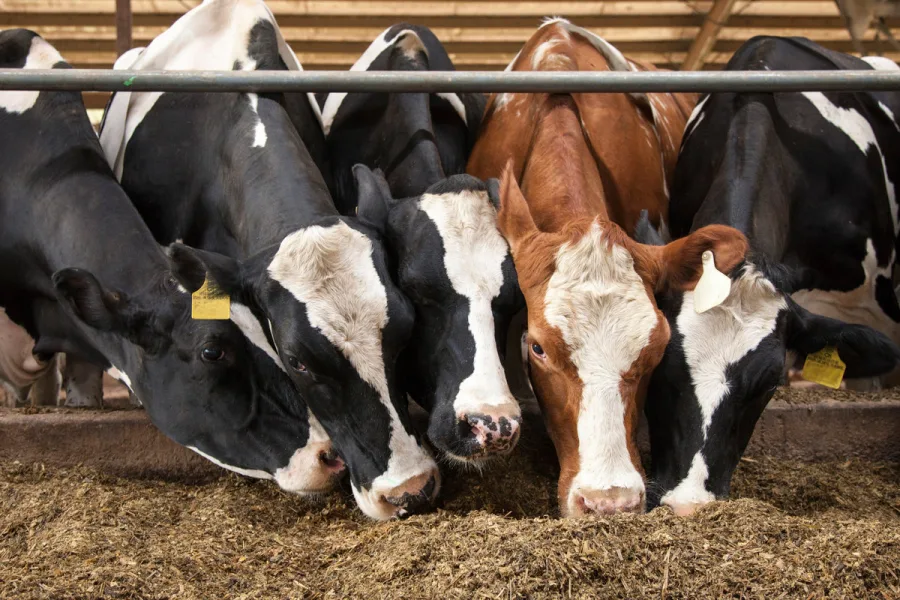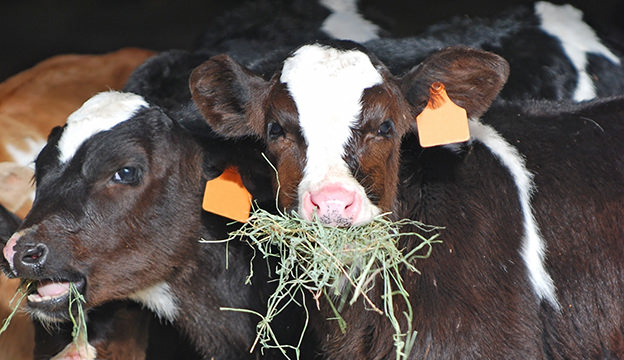Dive into the nuanced world of forage fiber quality and its effect on dairy cattle nutrition. Are we overlooking critical insights in ruminal digestion kinetics? Examine the newest research revelations.
Summary:
The National Academies of Sciences, Engineering, and Medicine (NASEM) has emphasized the importance of forage-neutral detergent fiber (NDF) over total NDF for lactating dairy cows. This shift is crucial as cows rely on microbial fermentation and fiber digestion, directly impacting milk yield and health. NASEM recommends 15% to 19% forage NDF in dairy cow diets to encourage deeper exploration into forage quality. However, the quality problem in forage NDF is highlighted as it does not differentiate between the quality of forage NDF. High-quality NDF can improve nutrient absorption and milk production, while lower-quality NDF, or undegraded NDF (MDF), may lead to inefficiencies in digestion and nutrient utilization. Studies show undegraded NDF plays a significant role in NDF utilization, underlining the need for further research in diet formulation. Advanced research is crucial for refining dairy nutrition protocols, improving herd performance, optimizing resources, and enhancing dairy farmers’ financial outcomes.
Key Takeaways:
- NASEM emphasizes the importance of forage-neutral detergent fiber (NDF) over total NDF when formulating diets for lactating dairy cows, recommending 15% to 19% forage NDF.
- Quality of forage NDF is not distinguished, allowing for the inclusion of any forage type regardless of its quality.
- Mathematical formulations show that different forage sources like alfalfa hay and grass hay can achieve the same forage NDF goals despite varying NDF concentrations.
- A study comparing alfalfa silage and orchardgrass silage diets showed no significant difference in milk yield, dry matter intake, and NDF intake despite undegraded NDF (uNDF) differences.
- Research indicates that ruminal passage rate and mean retention time of uNDF are influenced by the type of forage in the diet, impacting overall NDF utilization.
- The findings suggest a need for deeper exploration into ruminal digestion kinetics and fiber metabolism to understand better and optimize dairy nutrition strategies.
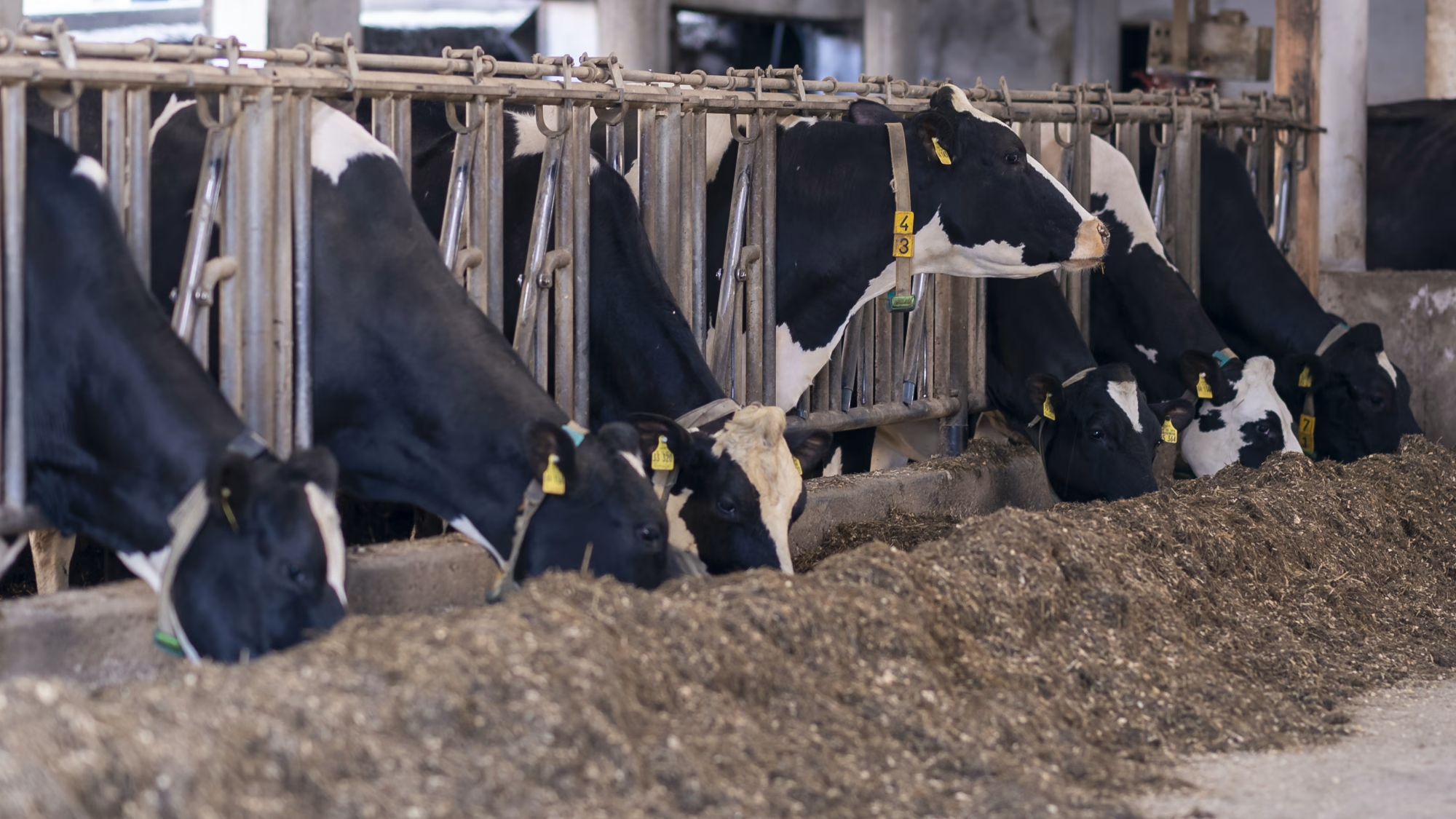
Consider the possibilities for using the complexity of a cow’s rumen to improve milk output and general health. Ruminal digestion’s kinetics can transform dairy cow nutrition, leading to more efficient diets. In the most recent Nutrient Requirements of Dairy Cattle, the National Academies of Sciences, Engineering, and Medicine (NASEM) emphasize the significance of forage-neutral detergent fiber (NDF) above total NDF for nursing dairy cows. This trend toward prioritizing the amount and quality of fiber digestion, mainly forage NDF, is crucial. Cows depend on a precise balance of microbial fermentation and fiber digestion, which directly influences milk output and cow health. Understanding this mechanism results in practical nutritional suggestions. NASEM recommends 15% to 19% forage NDF in dairy cow diets to stimulate more investigation into forage quality. The fundamental problem is properly harnessing ruminal digestive kinetics to optimize dairy output.
The Quality Conundrum in Forage NDF: A Call for Deeper Insights
The NASEM dairy cattle nutrition recommendations recommend that nursing cows consume 15% to 19% forage NDF in their diets to ensure adequate ruminal function and health. However, these recommendations make no distinction between the quality of the forage NDF. This implies that all forages are handled identically, independent of digestibility and fermentability. High-quality NDF may increase nutritional absorption and milk production. At the same time, lower-quality NDF, also known as undegraded NDF (MDF), is less fermentable and may result in inefficient digestion and nutrient utilization. This lack of differentiation emphasizes the need for more studies into the effects of various fiber sources on dairy cow performance.
Envisioning Diet Formulation: A Mathematical Approach
Let’s begin by envisioning a diet containing 30% corn silage and 38% NDF content. To achieve the recommended 19% forage NDF, we must incorporate alfalfa hay, which includes 40% NDF. The mathematical formulation can be expressed as:
(30% corn silage x 38% NDF) + (X% alfalfa hay x 40% NDF) = 19% forage NDF
Solving for X, we find:
11.4 + (0.4X) = 19
0.4X = 7.6
X = 19%
Thus, to achieve 19% forage NDF, the ration should include 19% alfalfa hay.
Alternatively, consider a diet containing 30% corn silage with the same 38% NDF, but this time, we use grass hay with 63% NDF. The mathematical formulation becomes:
(30% corn silage x 38% NDF) + (Y% grass hay x 63% NDF) = 19% forage NDF
Solving for Y, we get:
11.4 + (0.63Y) = 19
0.63Y = 7.6
Y ≈ 12%
Therefore, the ration needs to include approximately 12% grass hay to meet the 19% forage NDF target.
Adjusting forage quantities in both circumstances achieves the forage NDF objective. However, their estimates ignore fiber quality, a critical component influencing digestibility and animal performance. According to studies, undegraded NDF (uNDF) plays a vital function, highlighting the need for more research and attention in diet design.
Fiber Quality: The Unseen Variable in Dairy Nutrition
Fiber quality is critical in dairy nutrition, yet it is typically loosely characterized. While NASEM establishes quantitative targets for forage NDF, the digestibility and breakdown rate of fiber in the rumen are equally crucial for efficiency and milk output. Not all NDF is the same; certain fibers stay in the rumen longer, affecting dry matter intake.
According to research from Michigan State University and our lab, various forages that match NDF requirements may not provide the same dairy results. Lactating dairy cows in the study were given alfalfa hay or orchardgrass silage. Although alfalfa silage contained more undegraded NDF (uNDF), milk output, dry matter intake, and NDF consumption were comparable across diets. This suggests that variables other than uNDF concentration are crucial in dairy nutrition. This raises the issue of how fiber quality fits into NASEM’s NDF guidelines.
The digestive kinetics of fiber—how quickly and efficiently it is broken down and passed through the rumen—add complexity to NDF percentages. Understanding this relationship is the next frontier in dairy nutrition research.
Revisiting Assumptions in Fiber Utilization: Insights from Alfalfa and Orchardgrass Diets
Recent Virginia Tech research found variations in ruminal transit rates and uNDF retention periods in cows fed alfalfa hay vs. orchardgrass hay. Despite the greater uNDF concentration in the alfalfa diet, these cows had quicker passage rates and shorter uNDF retention durations. These findings are consistent with previous research from Michigan State University, which found that the kinetics of ruminal digestion and passage significantly impacted NDF usage in addition to uNDF concentration and standard forage quality parameters.
The Implications of Ruminal Digestion Kinetics: A Paradigm Shift in Dairy Nutrition Strategy
These results have far-reaching implications: ruminal digestive kinetics, particularly transit rate and retention duration, play an essential role in NDF use beyond uNDF concentrations and fodder quality. This new insight necessitates a rethinking of dairy cow dietary strategy. For example, the higher ruminal transit rate and shorter retention time in cows given alfalfa hay demonstrate how fiber’s physical migration through the digestive system affects its nutritional content. This reflects the possibility of modifying forage mixes and diet formulations to improve milk output and cow health. Nutritionists may make more educated judgments by addressing the kinetics of fiber digestion, resulting in increased efficiency and production in dairy operations. These findings open the way for future study, ensuring that the interaction between fodder quality, fiber content, and ruminal digestive kinetics is used to improve dairy cow nutrition.
The Bottom Line
Investigating ruminal digestion kinetics in the context of a forage-neutral detergent fiber (NDF) formulation marks a fundamental change in the dairy nutrition approach. While various forages might accomplish identical nutritional objectives via mathematical modeling, disregarding quality considerations exposes an essential gap in our knowledge of fiber’s influence on cow health and productivity.
Michigan State University researchers have highlighted the difficulties of fiber metabolism. Their findings demonstrate that undegraded NDF (uNDF) concentrations affect, but do not completely determine, outcomes such as milk yield and dry matter consumption. The significance of ruminal transit rates and retention durations reveals that fiber quality and digestion dynamics are more complicated than previously considered.
Current standards for forage NDF addition do not address the nuances of fiber quality and rumen kinetics. Advanced research is critical for fine-tuning dairy feeding procedures, which may improve herd performance, optimize resources, and increase dairy producers’ financial returns.







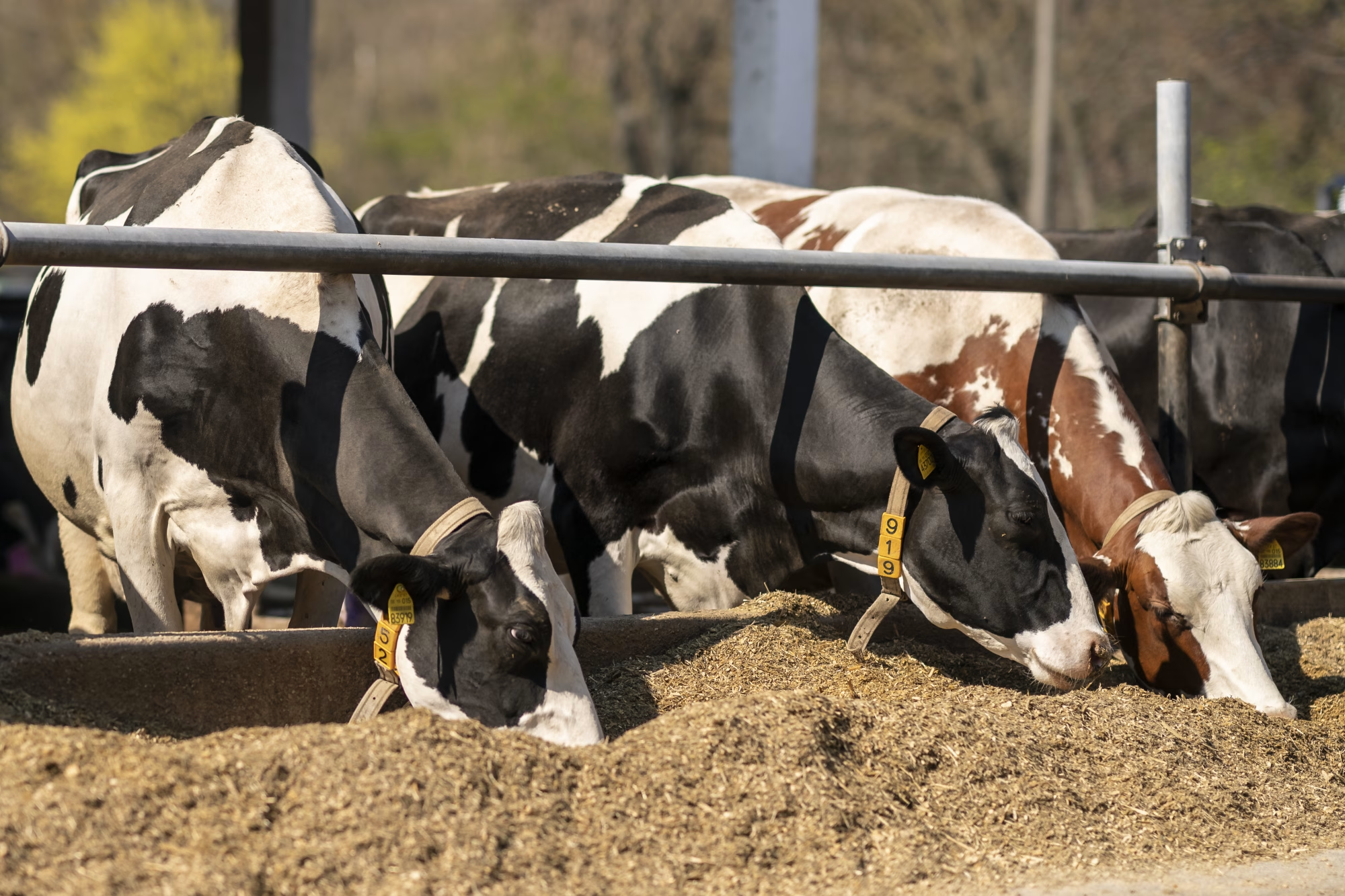
 Join the Revolution!
Join the Revolution!
